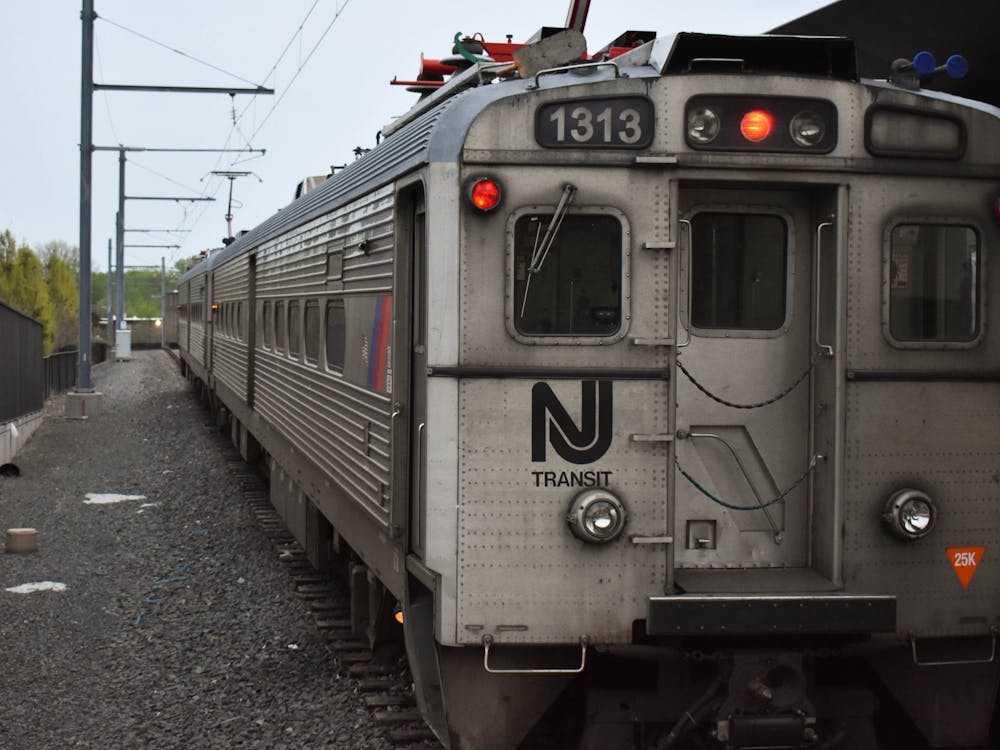Princeton University has an eating disorder. Unlike bulimia, anorexia or obesity, our sickness is not a function of quantity. Rather, it springs from complicated cultural factors that — like protein, carbs and fat — a Princetonian swallows with each bite he or she takes. In a culinary landscape dominated by residential colleges, eating clubs and the alternatives who abhor them, we do not simply eat; we identify gastronomically. At Princeton, you truly are what you eat.
When freshmen arrive on campus they find their meal plan inextricably linked to a residential college. This otherwise remote institution gains its members loyalty by feeding them 21 square meals a week. For underclassmen, the names of wealthy alumni — Forbes, Mathey, Rocky, Wilson and Butler — soon become synonymous with eating. At the subconscious level, their minds associate hunger pangs with monikers like Wu and Wilcox. And so when Forbes exhorts its intramural teams to "Die for the Inn!" they take the field running, driven by an identity built in no small part on one of their most basic human needs.
Come junior year our gastronomic identities rise from the subconscious to the very thought-through process of sign-in, bicker or the rejection thereof. The eating clubs ask us "How do you want that done?" — and instead of answering well done, medium or rare, we must decide if we want our food jocky or toolish, preppy or alternative, exclusive or open. Some students cook for themselves, seeking to escape food identification altogether. But to be independent is in itself a kind of identity; the only difference is that instead of being formed on Prospect Ave., it is formed in contraposition to the 'Street.'
Needless to say, we are not solely defined by our culinary identity. No Princetonian is a slave to his or her dining hall's culture and no college or club is a homogenous block of any one type. But certain social undertones do surround our food, and sometimes they are bothersome. I loved my college, I love my club, but is it too much to ask for a bite to eat that is not a personal statement?
The University would like to think not, and so they have given us Frist, a neutral space where underclassmen, upperclassmen and even grad students can eat, study and play free of their usual boundaries and divisions. Unfortunately, the food in this campus melting pot is repetitive and increasingly expensive. After the novelty of the Mongolian grill has worn off, little of interest remains on the lower level. Upstairs, Café Vivian manages a brisk business, but this is due to its location and occurs in spite of its bland coffee and strange, loud music. Meanwhile the Beverage Lab, which thought that novelty cups would make up for nixing the sale of alcohol, has remained predictably obscure.
Off campus options are little better. Nassau street is pricy and mediocre, with the notable exceptions of Hoagie Haven, Olives, Tiger Noodles, Small World, Panera, and the Nassau Bagel & Sushi Co. (though this last one fails to live up to its intriguing name's promise of Jewasian fusion). The Wa certainly has its uses, but the idea of subsisting on it seems inhumane. Realistically, off campus eating is no substitute for a meal plan.
So what can we do to decouple eating from our social identities? The University's plan to create four-year residential colleges will increase the dining options on campus, but this simply creates another category into which students can fit, not a way to eat that defies identification altogether. The best thing the University could do for campus cuisine is expand and improve on identity-neutral food sources, giving students a real range of nourishment options.
Let's begin by revamping Frist. Instead of contracting out to a single institutional catering company, why don't we sell concessions to various smaller, local venders? What if Hoagie Haven, Tiger Noodles, Old World Pizza, and Olives all had branches in Frist? The competition would lower prices and improve quality, all the while creating much needed Town-Gown bonding. Upstairs we could have Small World and maybe a T-Sweets or Halo Pub outlet (or both).

We could also makeover places like the Murray-Dodge café and the Wilson School cafeteria to serve a broader range of the campus population, or create entirely new spaces like the snack bar in the genomics building. Maybe we could even convince a few decent restaurants to move to town.
For too long Princeton has been a great university with a terrible menu. While this is in part attributable to our peculiar culinary culture, there is no excuse to continue eating poorly. It is time to (literally) put our money where our mouth is — around a delicious, nutritious meal that has no deeper implication than "yum."
Tom Hale is a Wilson School major from South Kingston, R.I.








